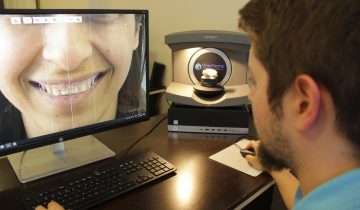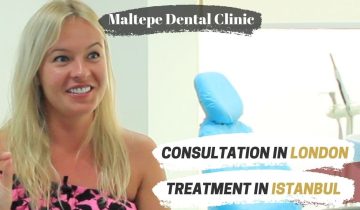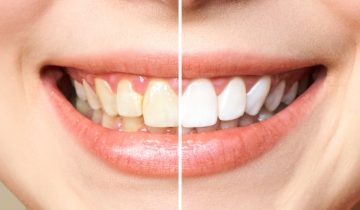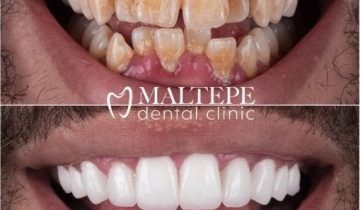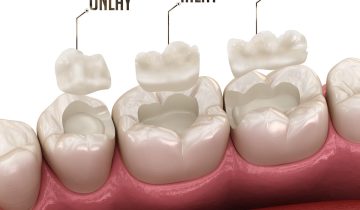Last updated on November 11th, 2023
Minimal Invasive Dentistry, also called micro dentistry, has gained currency among dental professionals and patients recently. It is greatly appreciated and encouraged by dentists all around the world. The idea is to preserve oral health and reduce the need for treatment. Due to the undeniable advantages of this approach, many patients and dental professionals opt for Minimal Invasive Dentistry.
In this article, we will uncover the most important aspects of Minimal Invasive Dentistry by addressing some very important points such as the principles and benefits of this approach. You will also learn about the techniques commonly used in Minimal Invasive Dentistry.
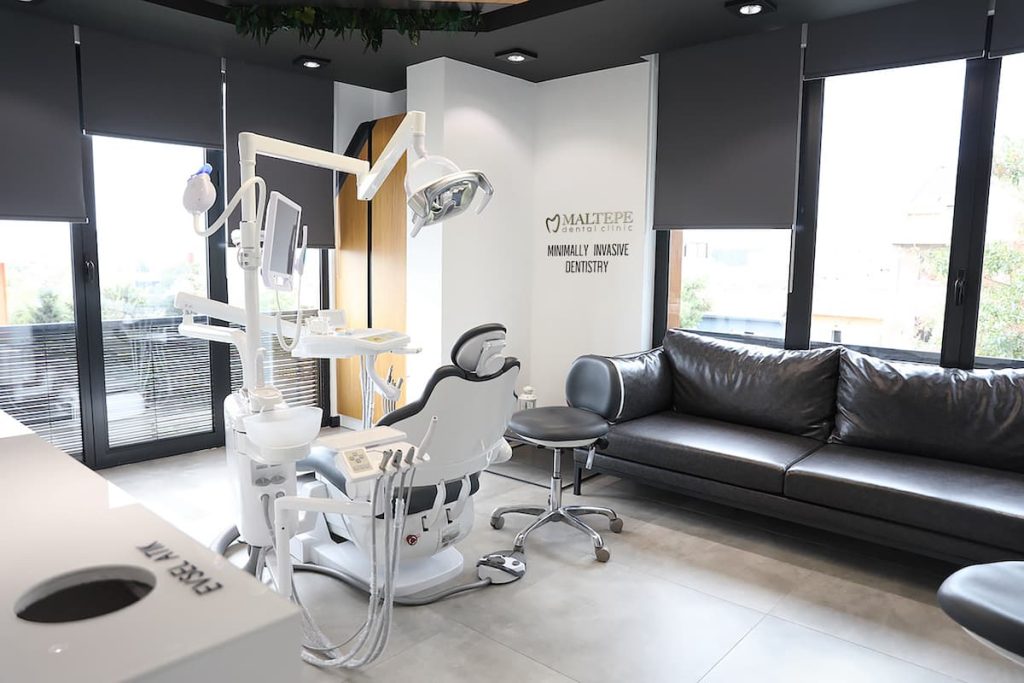
What Is Minimal Invasive Dentistry?
According to a study, published by National Center For Biotechnology Information in 2004, Minimally Invasive Dentistry is defined as “a systematic respect for the original tissue”. It argues the idea that the original healthy tissue is of more biological value than anything artificial. In this respect, keeping as much of the natural tissue as possible; and if not, removing and replacing as little tissue as possible is the basic motivation of Minimally Invasive Dentistry.
Previously, dental procedures were more likely to solve problems through invasive techniques such as drilling and filling, mechanical retention, or tooth extraction. Nowadays, embracing Minimal Invasive Dentistry, dental procedures tend to involve less invasion of the original tooth or gum tissue. Instead, the treatments now involve risk assessment of the problem, preventive care, and adhesive dentistry.
Principles Of MID
Minimal Intervention Dentistry has four core principles directing dental professionals to take the least invasive way in order to treat dental problems. The core principles are summarized as follows in a study, published in The Official Journal Of the Australian Dental Association in 2013:
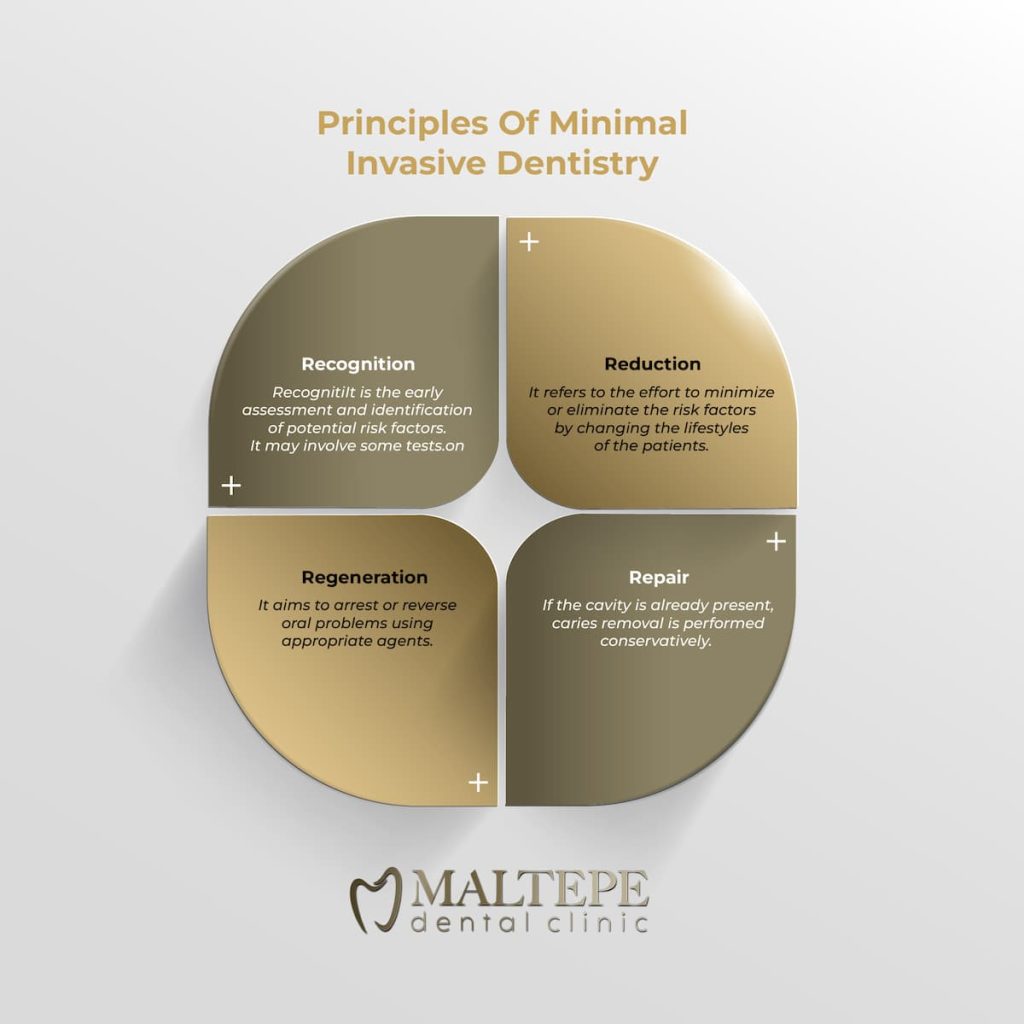
Recognition: This is the early assessment and identification of potential risk factors. It may involve some tests.
Reduction: Refers to the effort to minimize or eliminate the risk factors by changing the lifestyles of the patients.
Regeneration: This aims to arrest or reverse oral problems using appropriate agents.
Repair: If the cavity is already present, caries/decay removal is performed conservatively.
Some other studies handle the issue more elaborately. For instance, a study, published in The International Dental Journal in 2012, defines a larger and more precise list of Minimal Invasive Dentistry principles:
- Early Caries Diagnosis
- Classification Of Caries Depth And Progression
- Assessment Of Individual Risk
- Optimal Caries Preventive Measures
- Remineralization Of Early Lesions
- Minimal Surgical Intervention Of Caries Lesions
- Repair Rather Than A Replacement Of Defective Restoration
- Assess Disease Management Outcomes At Intervals.
As you can see, the latter list of principles refers to more specific procedural steps. Considering the recent growing interest and the giant leap in Minimal Invasive Dentistry, it is expected to see some adjustments made to the theoretical basis in the future. Nevertheless, the foundational data implies that Minimal Intervention Dentistry is highly applicable and practical for use now.
Benefits Of Minimal Invasive Dentistry
Preserving the integrity of the existing tooth and gum structure, Minimally Invasive Dentistry provides patients and dentists with longer-lasting benefits. Some of the most notable benefits of Minimal Invasive Dentistry are explained briefly here:
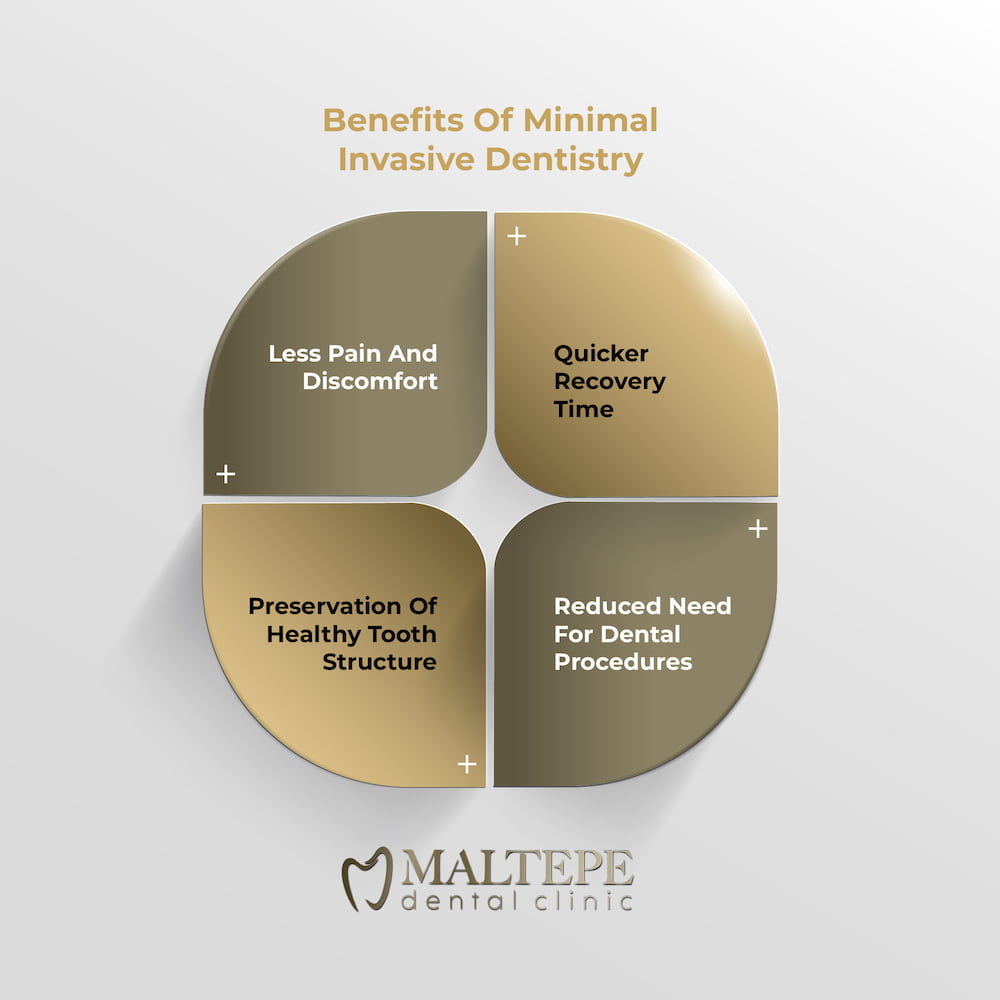
Less Pain And Discomfort
Minimally Invasive Dentistry offers more comfortable treatments with less pain. It is recommended for patients suffering from dental fear or dental anxiety.
Quicker Recovery Time
In Minimal Intervention Dentistry, the procedures are much less intrusive, and thus the recovery times are much shorter. Patients can go back to their routines sooner than ever before.
Preservation Of Healthy Tooth Structure
Minimally Invasive Dentistry focuses on prevention and the preservation of healthy tissue and teeth. So, patients don’t have to sacrifice their natural teeth or tissue unless it is absolutely necessary.
Reduced Need For Dental Procedures
Since Minimal Invasive Dentistry is proactive, practicing better oral care and having regular check-ups are of great importance. These habits, in turn, reduce the number and extent of intrusive dental procedures such as tooth extraction, canal root treatment, implants…etc.
Minimal Invasive Techniques In Dentistry
Even daily toothbrushing can count as part of Minimal Invasive Dentistry that you can do by yourself at home. Moreover, there are some other techniques dentists use to prevent potential problems or eliminate existing ones without being too invasive. The table below shows some of the most prominent ones:
| Technique | Used for | Dental substrate affected | Technology/ Material used |
| Air Abrasion | Cavity removalDecay treatment | Tooth enamel surface | Stream of aluminum oxide, nitrogen gas, carbon dioxide |
| Remineralization | Recovery of demineralized teeth. | Tooth enamel, dentine, and other tissues | Fluoride, CPP-ACP |
| Sealants | Protecting the teeth from bacteria and further decay. | Molars and premolars | Plastic coating |
| Bite Splints | Preventing grinding. | Over upper teeth | Special hard plastic wafer |
| Inlays and Onlays | Fixing moderate-level decays. | Molars and premolars | Porcelain or composite materials |
| Chemo-Mechanical Caries Removal | Caries removal | Infected carious teeth | sodium hypochlorite (NaOCl)- or enzyme-based agents |
| Laser Dentistry | Treatment of hypersensitivity, tooth decay, and gum disease. Teeth whitening | Various hard and soft tissues | LASER (light amplification by the stimulated emission of radiation) |
Choosing A Minimal Invasive Dentist
More and more people are seeking new ways to reduce the time they spend on dental treatments, while others strictly avoid seeing a dentist because of their dental fears. In an effort to respond to patients’ needs and expectations more effectively dentistry is continuously changing for the better.
Thanks to micro dentistry, treatment procedures have now become less complicated and less painful. Therefore, it is not surprising that you are probably seeking a minimally invasive dentist for your next appointment. If so, you can contact Maltepe Dental Clinic now. We offer our patients the latest, and more importantly, the safest approaches in dentistry. We believe in the benefits of Minimal Invasive Dentistry and plan our treatments adhering to the principles of MDI.
Let’s have a look at two key factors that make Maltepe Dental Clinic a good choice for getting dental treatment that is in line with Minimally Invasive Dentistry.
Experience And Training
Although Minimally Invasive Dentistry is a relatively new phenomenon, the techniques suggested in MDI require a deep understanding of the fundamental differences between the traditional treatment methodologies and alternative ones. The dental professionals at Maltepe Dental Clinic are highly experienced and well-trained. They don’t opt for a treatment just because it is trending, rather they analyze the pros and cons of all potential treatment alternatives and choose the one that fits your case best.
Technology And Equipment
Minimal Intervention Dentistry utilizes high-tech tools and procedures. Even if a dentist chooses to follow Minimal Intervention Dentistry, s/he should have the necessary technology and equipment to properly treat patients. Maltepe Dental Clinic provides its staff with the latest technology and equipment so that they can practice these treatments the best way possible.
The Future Of Minimal Invasive Dentistry
Not surprisingly, Minimal Invasion Dentistry has changed the way dental professionals plan and conduct dental treatments. According to a study published in The Journal of Dental Research in 2019, MID has changed the approach, treatment strategies, diagnostic tools, etiopathogenesis, and epidemiology in dentistry. In the future, treatments are expected to be more personalized and enhanced by AI (artificial intelligence) thanks to advancements made in dental technology.
But what makes all these dramatic changes happen? How can these changes circulate all over the world in a relatively short time? And how can people across the world be sure of the quality of such developments?
The following are some of the key factors that we think support the advances in dentistry such as Minimal Invasive Dentistry.
Advancements In Technology
Advancements in technology allow us to do things in a shorter time with less effort. Minimal Invasive Dentistry is an outcome of such advancements in dental techniques. By adopting minimally invasive operative approaches and adhesive dentistry, dentists can better control recovery time and pain management.
Increased Awareness And Acceptance
Dental professionals and patients have favored the idea of “repairing” over “replacement”, or “early diagnosis and prevention” over heavy drill work in the later stages of caries. As MID has brought various advantages for both parties (dentists and patients), it has gained greater awareness and acceptance.
Improved Patient Outcomes
Patients don’t want to spend much time on the treatment of caries or other issues, while some are suffering from dental anxiety or fear. Thanks to the reduced recovery time and minimal intervention offered by MID, patients feel more confident about their dental treatments now.

